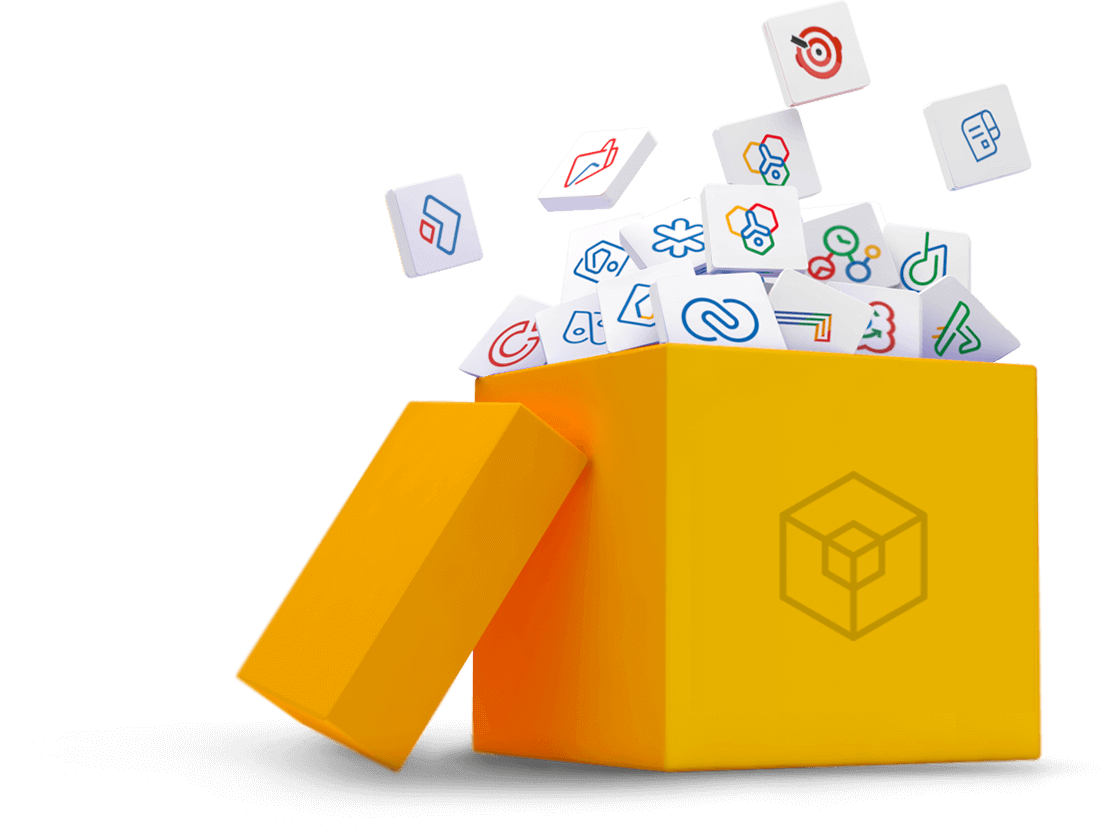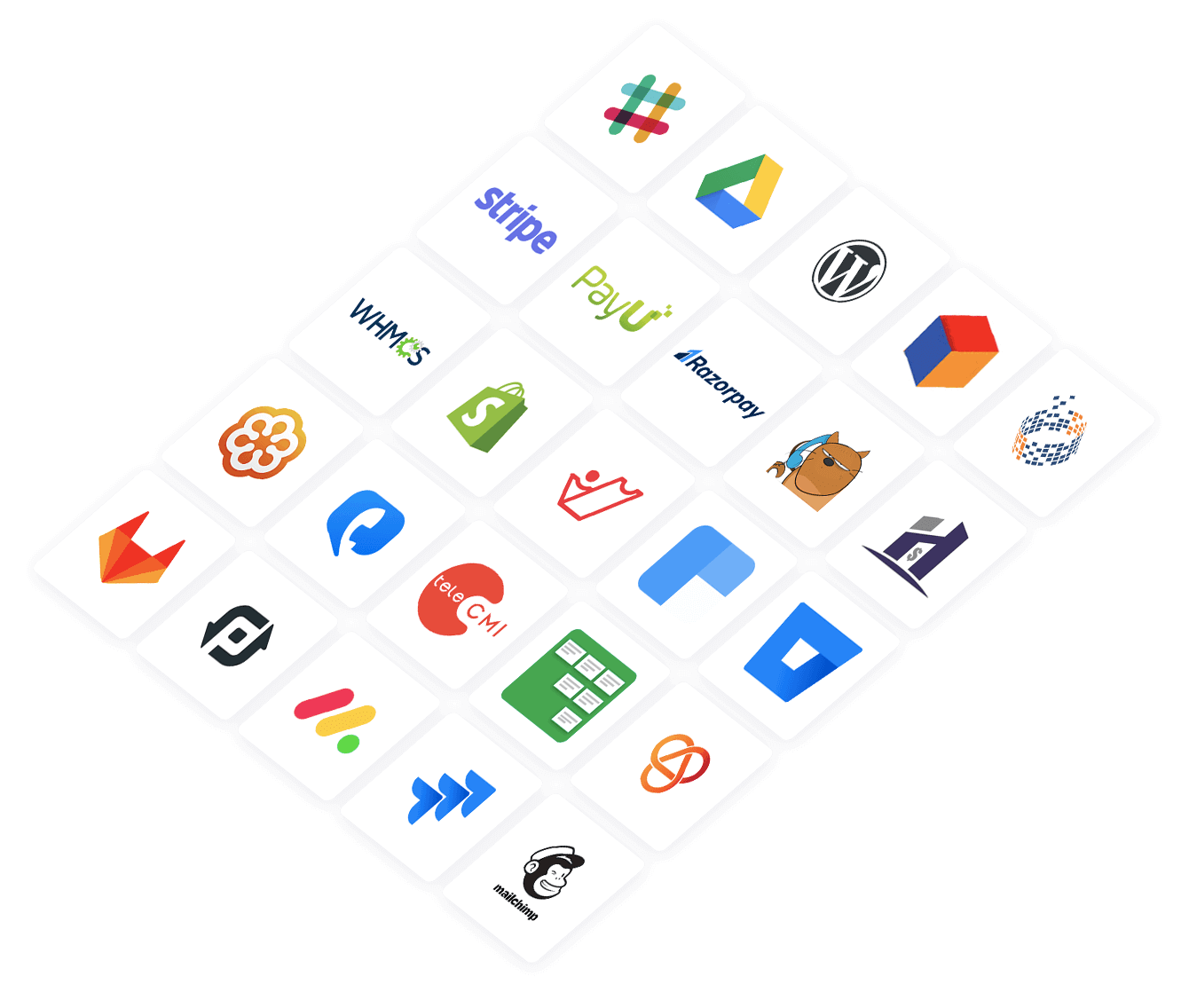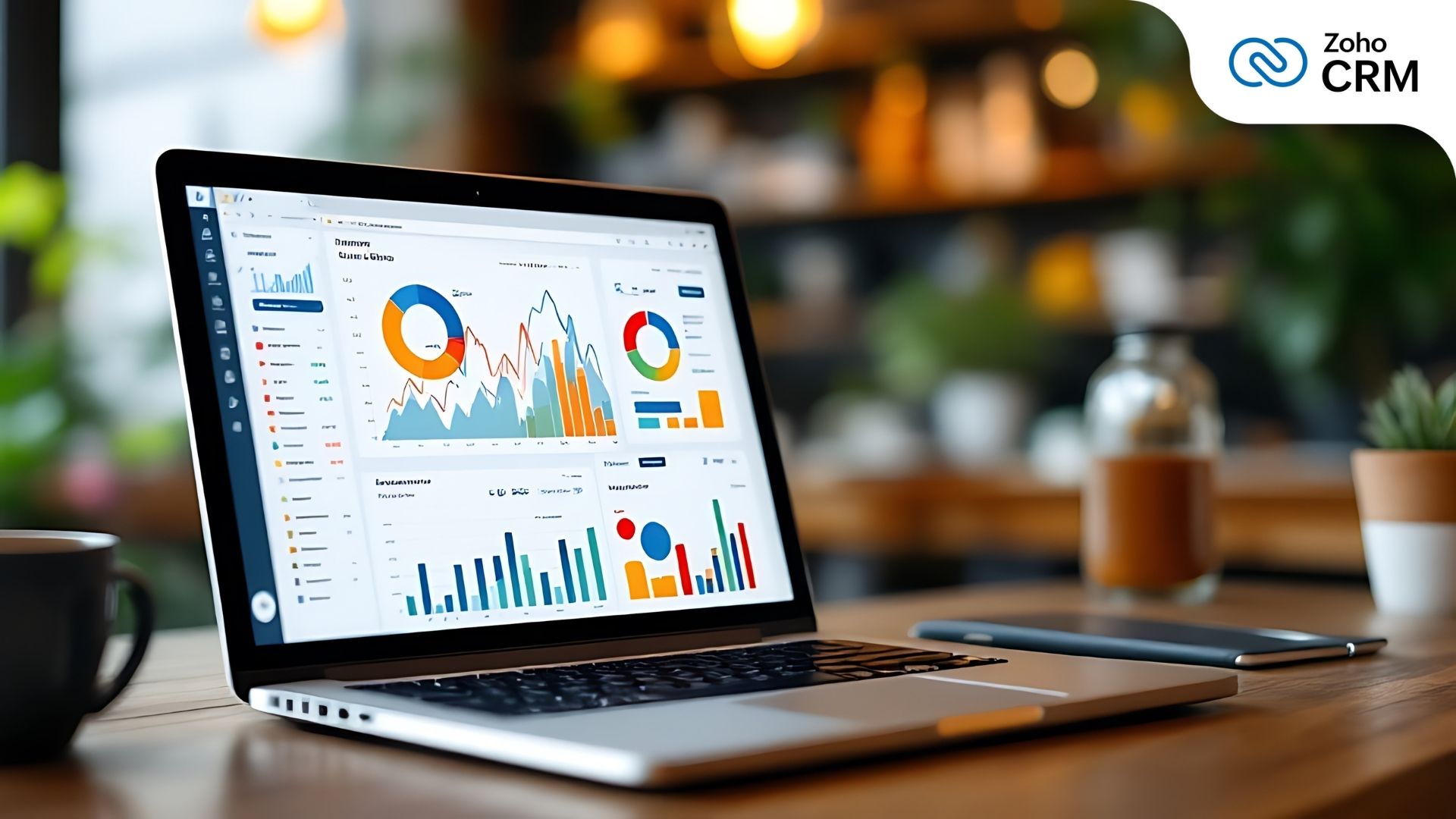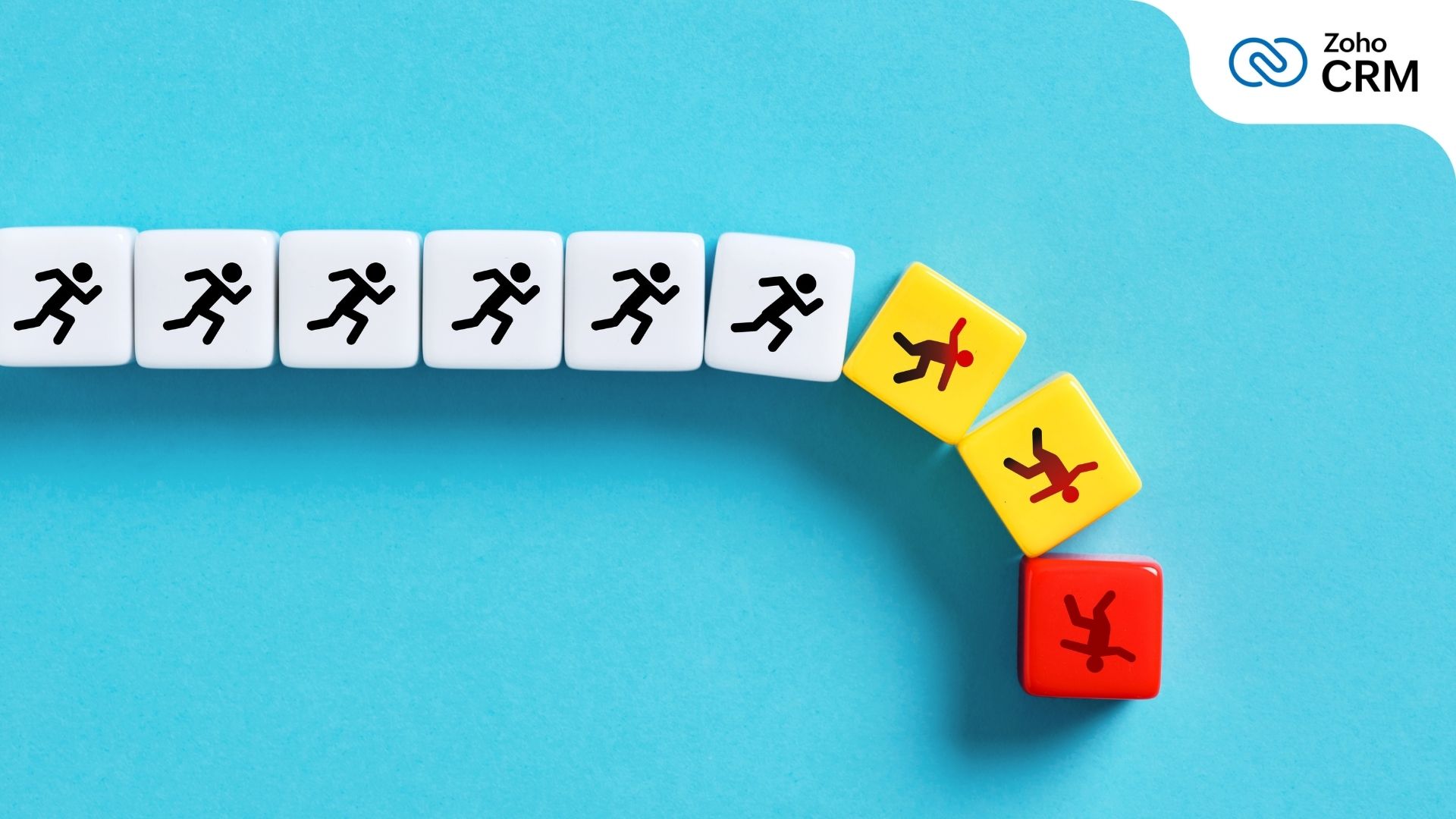- HOME
- Management
- One goal, two journeys - Lead nurturing in B2B vs. B2C
One goal, two journeys - Lead nurturing in B2B vs. B2C
- Last Updated : July 2, 2025
- 128 Views
- 6 Min Read
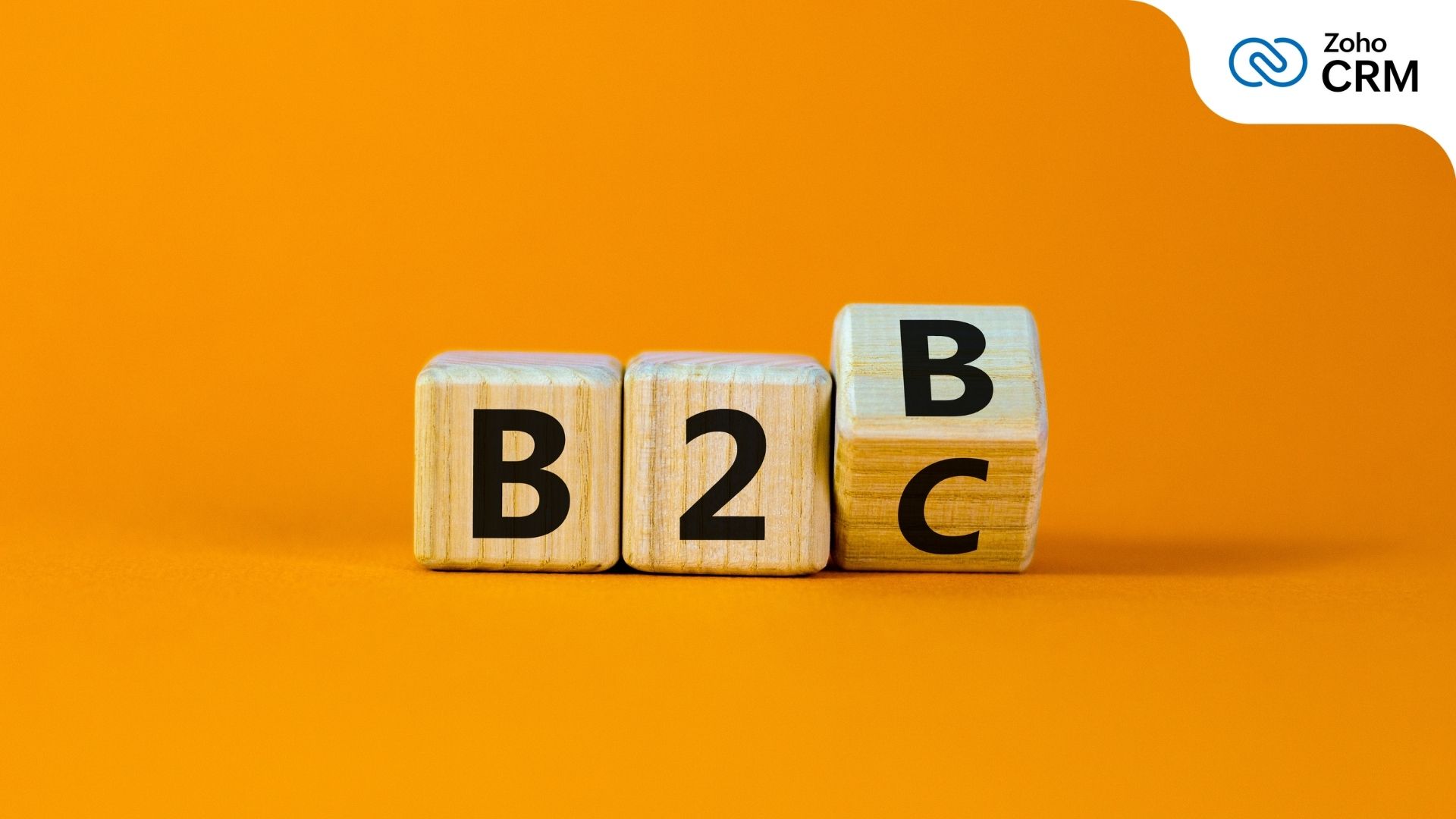
It's the middle of the night; you're scrolling mindlessly on Instagram—just for a short while, you tell yourself; just enough to scroll your way into sleep.
An ad for a pair of stylish sneakers catches your eye, and in the blurry, liminal haze of sleep and sentience, you add them to your cart. But before you can check out, sleep takes over, and your cart is forgotten.
The next morning, a flashy email reminds you of your escapades from the night before, and you open it, wondering if you've bagged yourself a discount coupon, but instead, you're bemused to find a white paper with the title, "Sneaker sole dynamics: A comparative review of rubber compound durability under urban stressors".
Now let's say you're the sales manager for a mid-sized firm who's researching CRM software to streamline your sales. You've filled out a form for a product demo, and hours later, your Instagram is riddled with reels of a software mascot dancing on your screen and claiming "your workflows need a glow up".
While both of these means ultimately aim to convert interest into action, the nature of the buyer, the psychology behind the buying, and the context in which the decision is made are fundamentally different.
A whitepaper may be highly valuable to a business conducting research, but for someone sleepily shopping for sneakers, it's unnecessary noise.
On the contrary, a playful Instagram reel might cheekily push a casual shopper to check out, but that type of content may mangle the trust in businesses who are looking to evaluate high-stakes software tools that involve multiple stakeholders, and who expect refined, professional communication.
While both the worlds of B2B and B2C marketing ultimately aim to foster relationships and drive conversions, the roads they traverse to get there are wildly different.
Which is why, a tailored, contextual approach to lead nurturing for B2B and B2C is not just helpful and necessary—it's foundational.
Let's look at a breakdown of the differences between B2B and B2C lead nurturing from the view of five different aspects.
Sales cycle length
B2C
Sales cycles in B2C are often immediate and transactional. The nature of buying is often more emotional, impulsive, and convenience-driven. You're not nurturing for months or years; it's happening in hours or even mere minutes.
Therein lies the complexity of B2C nurturing: You have to do so much in such little time. You have to hook the customer in, sustain their curiosity, and gently coax them to buy your product—all in a fleeting window of time.
Here are some common B2C lead nurturing techniques:
Use trigger or behavior-based automation to send cart abandonment email reminders or to retarget based on browser behavior.
Use limited-time offers and urgency messaging ("Only three pieces left!" or "Two hours before the sale closes!").
Provide social proof through reviews and "X people are viewing this" prompts.
If you want to learn more about the seven stages of a sales lifecycle, check out this blog post: Seven stages of a sales cycle.
B2B
In B2B scenarios, rarely is a sales cycle discretionary; it can stretch across weeks, months, or even years, and is shaped by company size, complexity, and layered approvals. Multiple stakeholders, shifting priorities, and intricate requirements make nurturing uniquely challenging.
It's slow, deliberate and by design. Not every touchpoint is necessarily focused on conversion—it's about building confidence one step at a time.
Here are some common B2B lead nurturing techniques:
Align multi-level email drip campaigns with different stages of the funnel.
Design different nurturing tracks for different personas. For example, a CTO might need technical documentation, while a sales manager might prefer ROI snapshots or competitor comparisons.
Integrate with CRM systems to trigger communications at crucial lifecycle moments. Nurturing flows should be responsive to customer behavior and not just tick off outreach tasks on a calendar.
If you want to understand more about B2B sales and the differences between B2B and B2C sales, please check this blog out: Essentials of B2B sales.
Content strategy
B2C
The goal of content in B2C scenarios is to build brand affinity and spark emotional resonance—and to do it fast. Your content has seconds to convince potential buyers that your product might be a good fit before they move on. The goal, then, is to create scroll-stopping content that makes your product feel not just desirable, but inevitable.
To illustrate, your customers hardly require a crash course in the benefits of using polyurethane footwear; they just need to know that it looks stylish on their feet.
Here are some common B2C content formats:
Interactive content like quizzes, polls, spin-the-wheels, or product finders
Product how-tos and video testimonials
Influencer content and micro-views
B2B
At the other end, B2B buyers come armed with questions, concerns, and spreadsheets. Buyers are risk-averse, and the perceived cost of making a wrong decision is high. They're not shopping on impulse; they're looking for a serious investment. So it's a high-stakes game.
This is where trust is won or lost, and where content is your most reliable salesperson—informed, persuasive, and solidly available to do the heavy lifting. B2B content answers the tough questions without even being asked.
Here are some common B2B content formats:
White papers, industry and leader reports, and analytics insights
Product comparison guides and ROI calculators
Case studies segmented by industry, region, or company size
Communication channels
B2C
No one's really buying a pair of shoes while they're engrossed in a board meeting (or, at least, we hope they aren't). B2C shopping usually happens in relaxed, casual settings, where the decision making is spontaneous, emotionally led, and less calculated.
You're likely communicating with someone who's toggling between a group chat and an infinite scroll on Instagram, and who's browsing through your product page at the same time.
Your communication channels have to meet your viewers in those lax, slack moments. There's no time for formal greetings or highly detailed introductions; your messaging has to be quick, light, and friendly—and everywhere at once.
Here are some of the most suitable B2C channels:
Paid ads on social media
Retargeting ads
Push notifications through branded apps
SMS and WhatsApp marketing, for a quick nod to a limited-time offer or a back-in stock alert
B2B
Once again, on the other end, you're probably not reaching someone who's on their couch; you're reaching them at their desk. In B2B, the purchase isn't just another product; it's a decision reached through careful deliberation—one that impacts teams, targets, and strategies.
Here, your tone has to match the gravitas of their problems and decisions, and your messaging needs to be polished, professional, and thoughtful—as well as personalized, consistent, and structured.
Here are the most suitable B2B channels:
Email synced with CRM automations; the best channel for formal, professional communication like introductions, branding education, or follow-ups
Direct sales follow-ups via calls, calendar links, or even strategic gifting
LinkedIn sponsored content and thought leadership
Multichannel communication—combined with the right messages tailored to the buyer's current journey stage—is imperative.
Lead scoring and qualification
B2C
Lead scoring in B2C is mostly automated and performed in real time, and you can often assess your customers using simple behavioral indicators. You can use marketing automation tools and ecommerce analytics tools to track the following:
Number of product views
Add-to-cart actions
Email or SMS engagement rates
You can use these tools to trigger discounts or offers to customers who cross certain thresholds and nudge them towards making purchases.
B2B
Lead scoring for B2B is usually more complex, and involves combining demographic and firmographic factors and signals based on engagement. It's not merely interest that matters; you also have to qualify product fit and readiness.
Here are some techniques for lead scoring:
- Use a points system to classify sales qualified leads (SQLs) and marketing qualified leads (MQLs). MQLs are leads that have engaged or interacted with your product, and have likely shown some interest, while SQLs have indicated clear buyer intent and are the most likely to end up purchasing.
- Use predictive scoring based on historical deal patterns (behaviors, time frames, and firmographic factors).
Goals of nurturing
B2C
In the world of B2C, the initial goal is the sale, but true nurturing extends beyond that. Ultimately, the goal is to foster repeat purchases, brand advocacy, and high lifetime value.
Here are examples of common B2C nurturing goals:
Recovering abandoned purchases
Boosting retention via loyalty programs
Driving referrals and user generated content post-purchase
B2B
While a lot of the heavy lifting nurturing in B2B scenarios happens before the actual sale, it doesn't stop there. The goal is to build long-term partnerships, encourage expansion opportunities (cross-selling or upselling), and reduce churn.
Here are some examples of B2B nurturing goals:
Enabling a smooth onboarding and implementation phase
Delivering consistent and continuous value through success content and quarterly business reviews
At their core, B2B and B2C—or any business model for that matter—share the same goal: to drive conversions. But the paths they take to get there are very different. One is fast and emotionally-driven, and relies heavily on spontaneity, while the other is slower and more calculated, and seeks to generate longer-term value.
This is exactly why nurturing can never fit a one-size-fits-all strategy. To truly bring prospects on board, you need to meet them where they are—through the most appropriate mindset, thoughtful communication, and well-designed content. Nurturing isn't simply about pushing people to the edge of conversion; it's about understanding them better.
